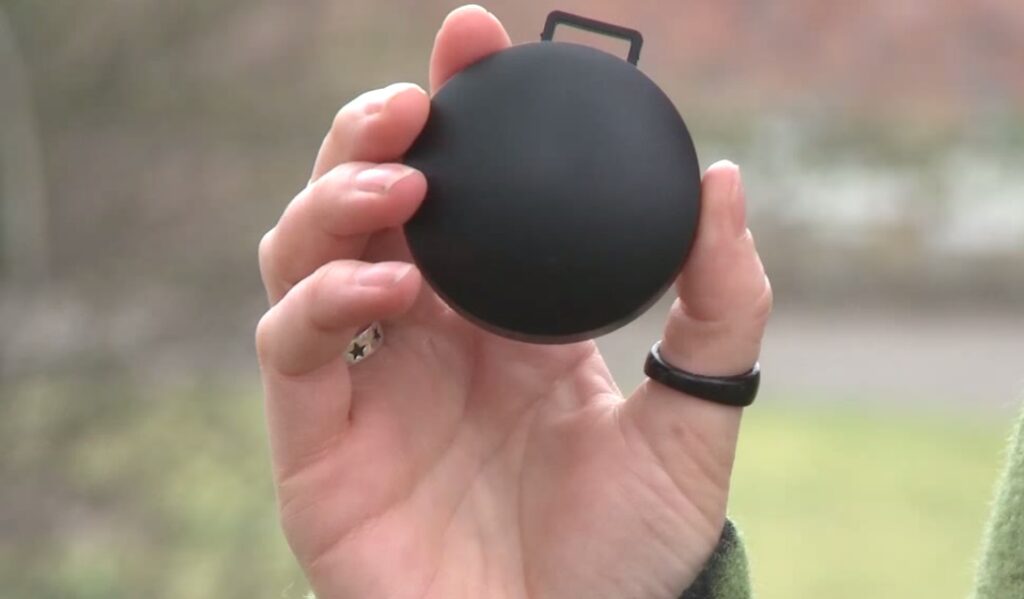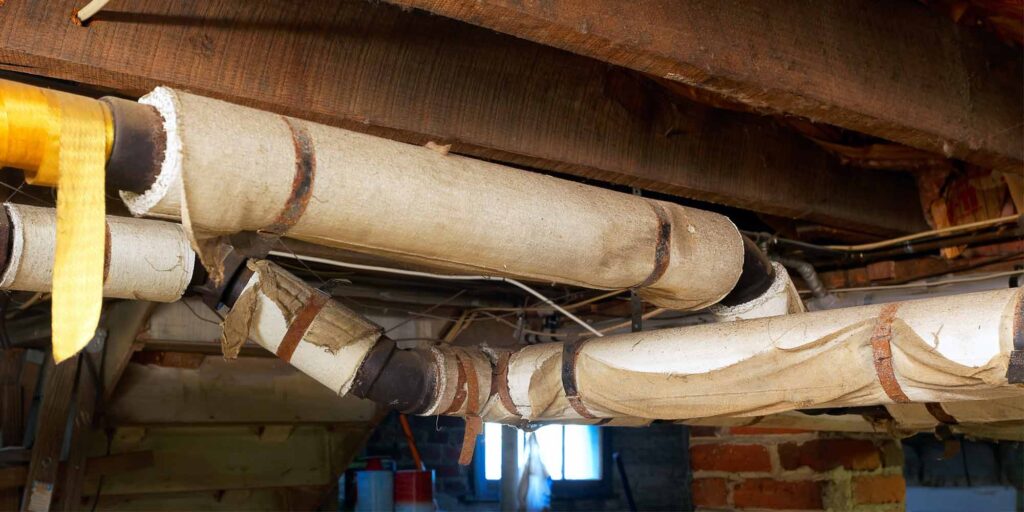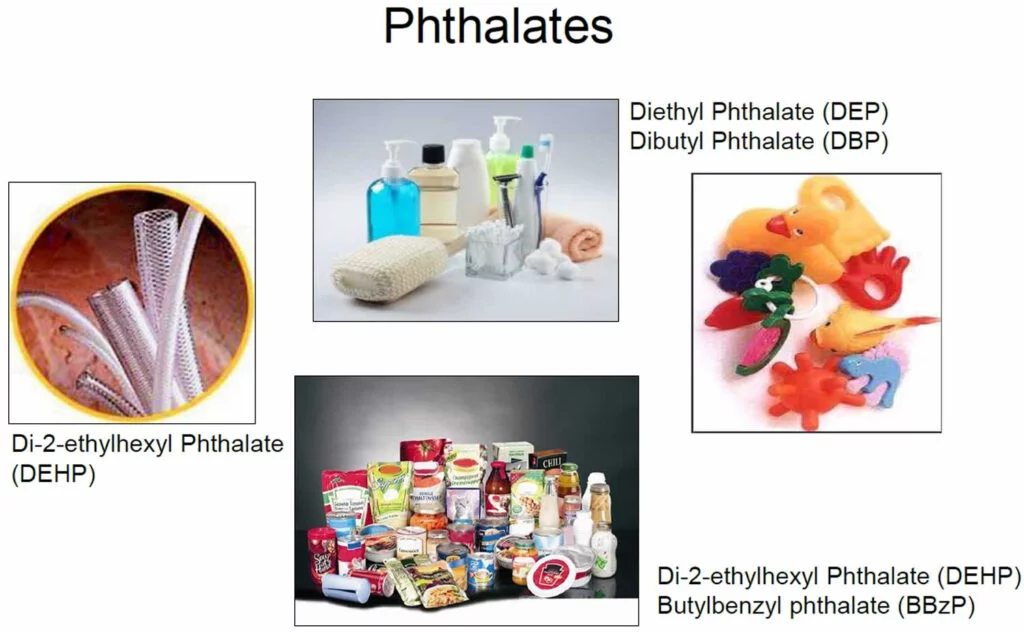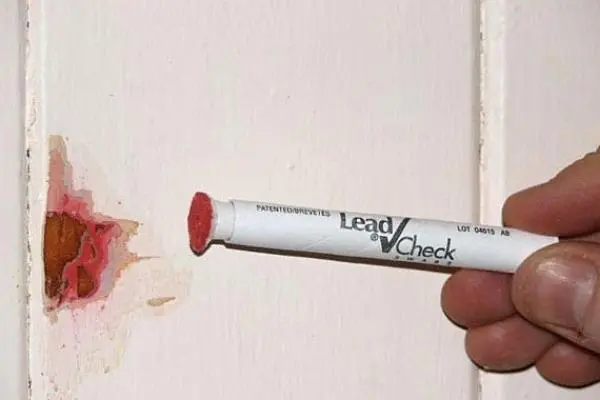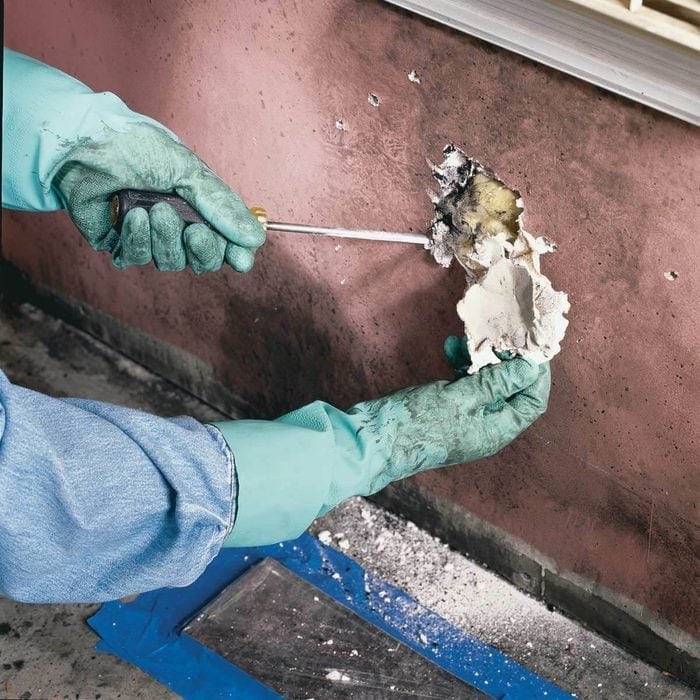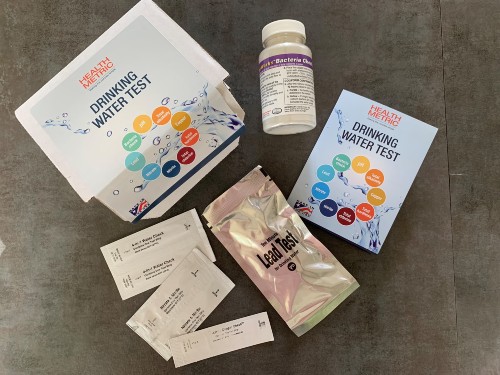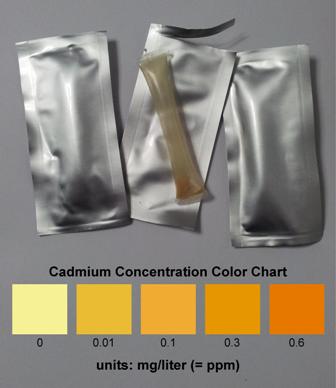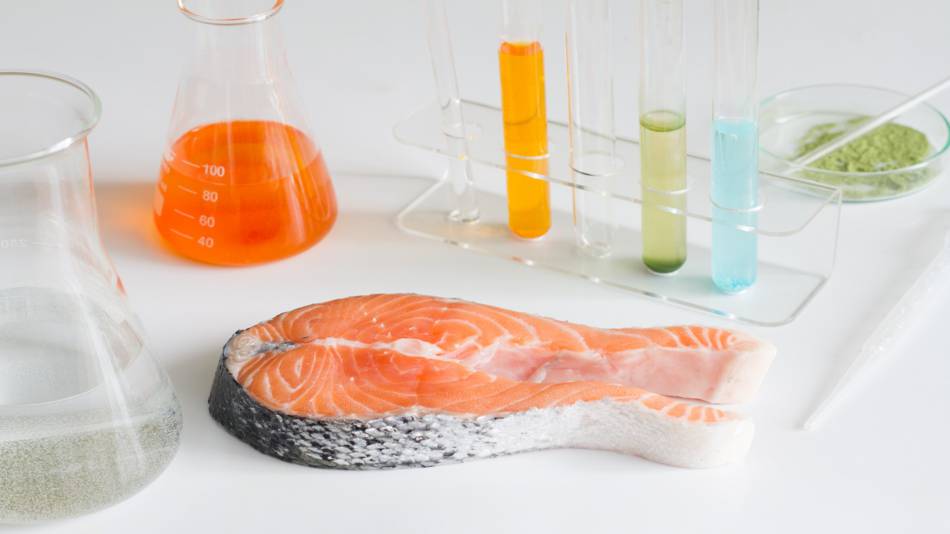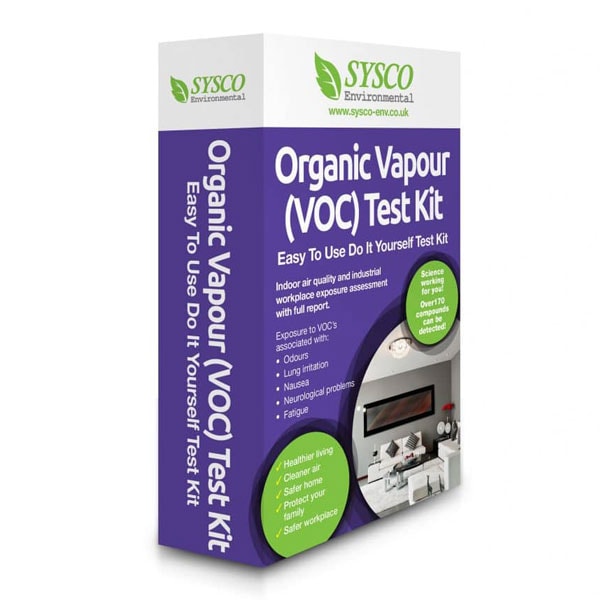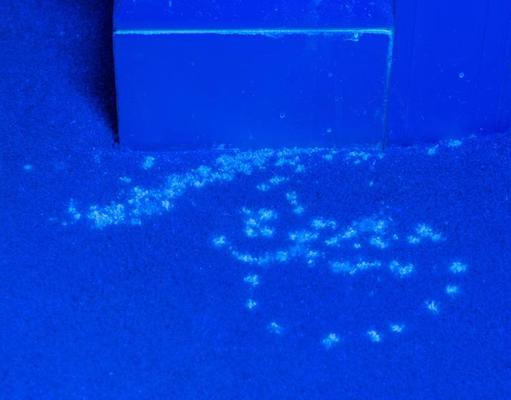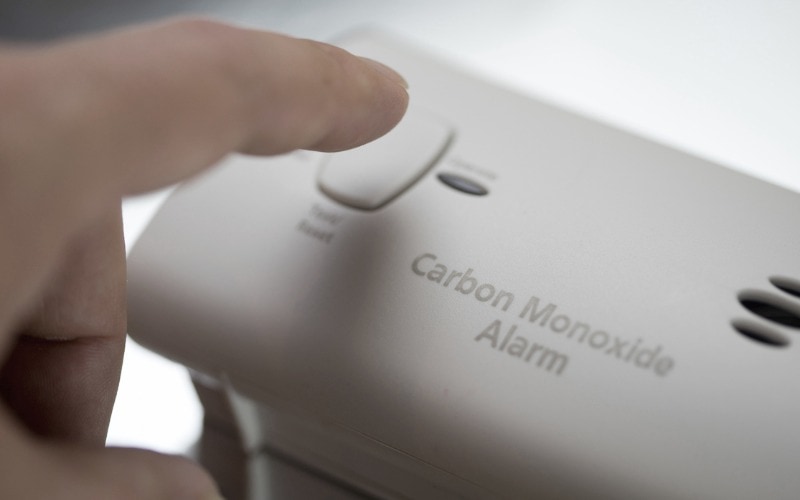Testing for toxic chemicals at home is just as important as keeping your home clean and free from clutter. Toxic chemicals are harmful to you and your family’s health, and if you have a chemical leaking into your home without your knowledge, the results may be detrimental. To live a long and healthy life, it’s always better to be safe than sorry, which is why testing is so important. Luckily, it’s easy and affordable to do home tests for chemicals.
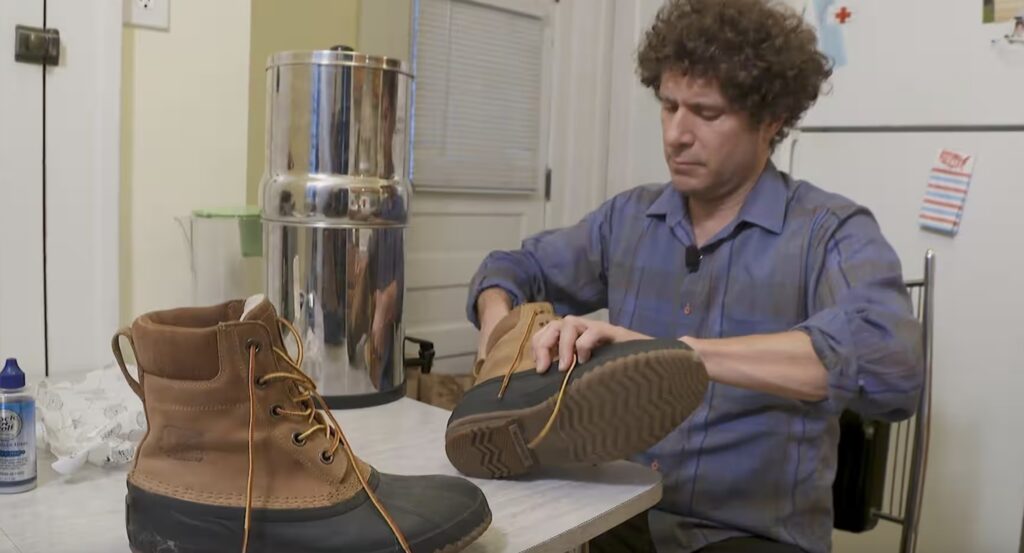
One homeowner decided to test her and her cat’s blood for chemicals called PFA’s, which you might find in your phone, boots, umbrellas, camping gear, and more. During an interview with The Guardian, she said, “Blood tests revealed four types of PFAS compounds in my and Ling Ling’s blood. They’re among the most commonly used by industry, and three exceeded the median US blood levels for adult humans. That included PFHxS, which was measured in my blood at 2.7 nanograms per liter, and in Ling Ling’s blood at about 13 nanograms per liter. The US median for humans is about one nanogram per liter.” And while she may not see problems now, you never know what could happen down the line. That’s why it’s so important to test for toxic chemicals in your own home.


